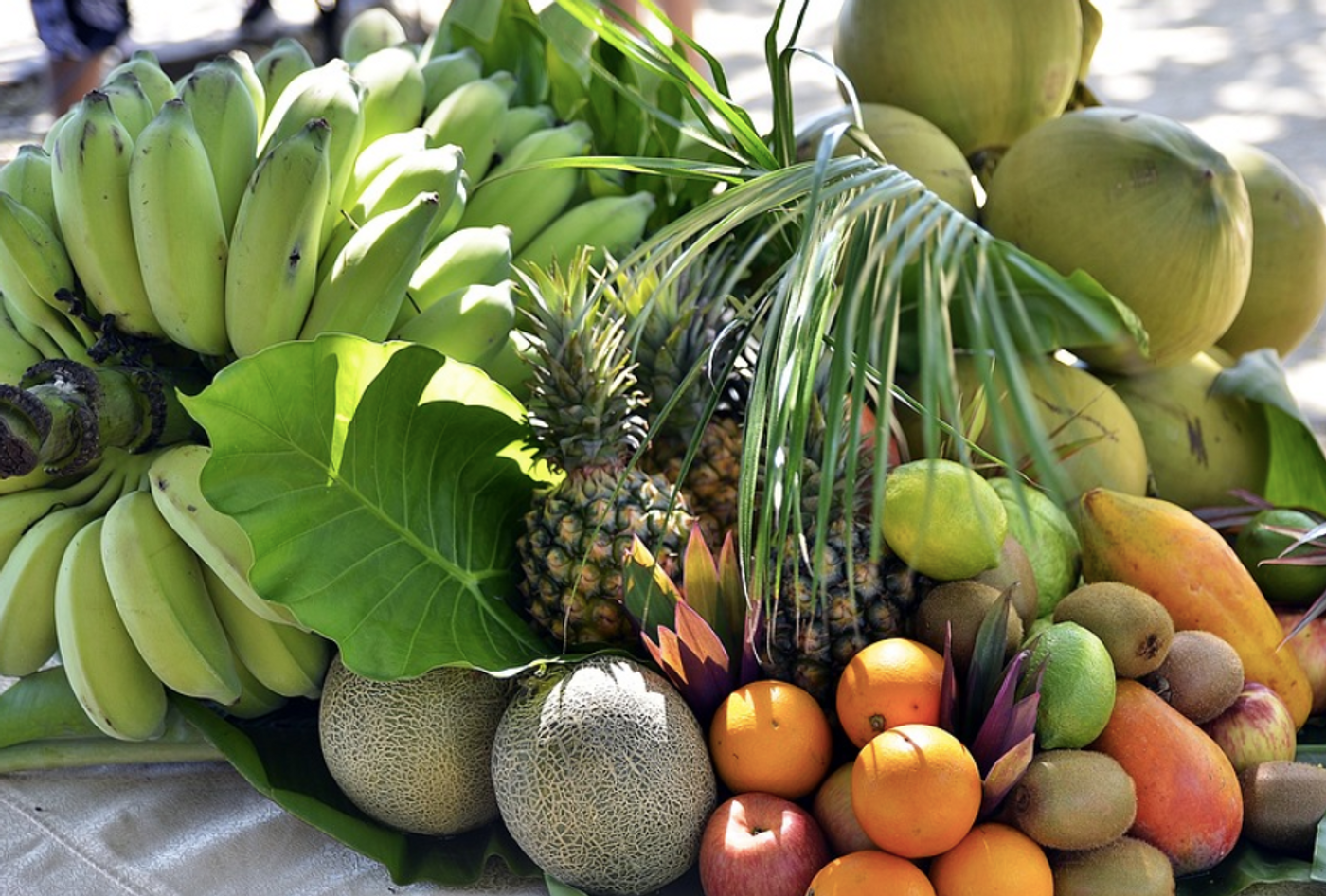A Tropical Fruit With a Antimicrobial Effects
According to the World Health Organization (WHO), 1.27 million people died due to antibiotic resistant infections in 2019. That same year, those resistant infections also contributed to the deaths of almost 5 million people. These pathogenic microbes present a growing threat to public health. New antibiotics are difficult to find and develop, and scientists are searching for novel ways to fight antibiotic-resistant microbes. For example, viruses that infect bacteria present one option. Another possibility is natural compounds with antimicrobial properties.
Ethnobotany refers to the links between humans and plants, including the use of indigenous plants to relieve medical problems.
A tropical fruit called Blighia sapida (B. sapida) has antibiotic properties, and studies have suggested that it can fight bacteria such as streptomycin just as effectively as regular antibiotics. A recent report from The American Society for Microbiology has highlighted the characteristics of this fruit, and has stressed the need for additional research into other plants that could work against pathogens.
The fruit has a variety of names, which depend on the area where it's growing. It may be known as Okpu, or akee apple, for example. B. sapida can be easily found and grown all over West Africa, and this plant could offer a solution to the problem of antimicrobial resistance in the region. It can also help relieve diarrhea, has some antioxidant activities, and has been used to treat edema, and dysentary. It may also fight cancer, and has worked to relieve psychosis, stomach cramps, hernia, rheumatism, psychosis, and gonorrhea.
B. sapida has a few demonstrated antimicrobial effects. The extract of B. sapida leaves disrupted the development of Plasmodium berghei, a parasite that causes malaria, in rodent models. Extracts of the plant have also worked against Klebsiella pneumoniae and Staphylococcus aureus bacteria. Other studies have confirmed the antibiotic properties of B. sapida extracts, which have disrupted the growth of Staph, Bacillus subtilis, Escherichia coli, K. pneumoniae, Salmonella Typhi, and Streptococcus pneumoniae to varying degrees.
Phytochemicals in B sapida, which include alkaloids, flavonoids, saponins, and tannins, have various antimicrobial properties, which could explain why the plant is medically useful. It's also possible that bacteria will be less likely to develop resistance to extracts like this one because the extracts can work against pathogens in many different ways, unlike a drug that usually only has one mechanism of action.
More research into this medicinal plant is now encouraged, and scientists have to learn more about its potential toxic effects. When B. sapida is unripe, it is poisonous because it contains high levels of hypoglycin A. But the toxicity is reduced and it is safe to eat once the fruit becomes ripe.
Sources: WHO, American Society for Microbiology
-
MAY 07, 2024Is It Anti-RNP or Anti-Sm/RNP?
-
MAY 08, 2024Expand your Multiomic Capabilities with RNAscope™
- See More
-
APR 30, 2024Immuno-Oncology Virtual Event Series 2024
-
MAY 07, 20243rd International Biosecurity Virtual Symposium
-
MAY 23, 2024For the Love of Digital PCR 2024
- See More


















































